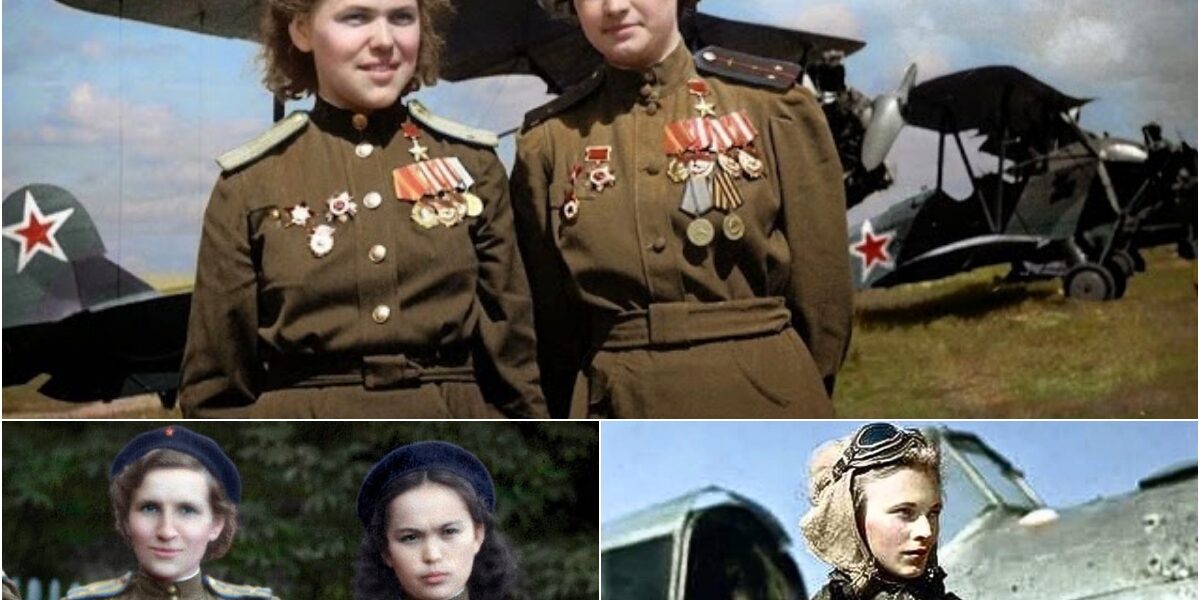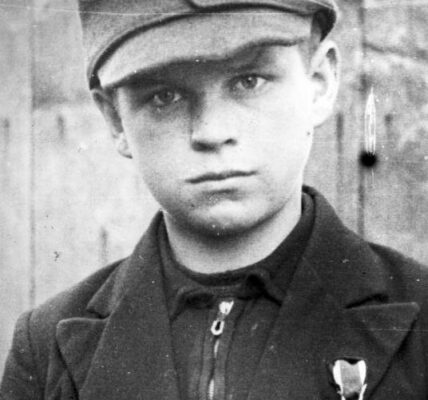THE NIGHT WITCHES: How Soviet Female Pilots In “FLYING COFFINS” Struck TERROR Into The German Army
In 1942, as Nazi forces ravaged the Soviet Union, Marina Raskova, a celebrated aviator, convinced Stalin to form the 588th Night Bomber Regiment—an all-female unit to bolster the war effort. Comprising women aged 17 to 26, many with minimal flight experience, the regiment was a bold experiment. They flew Polikarpov Po-2 biplanes—outdated wood-and-canvas relics with open cockpits, no radios, and no defensive armament. Topping out at 94 mph, these planes were slower than modern German fighters like the Messerschmitt Bf 109 (400 mph). Yet, the Night Witches turned vulnerability into strength. X user @WW2Tales marvels: “Flying those flimsy Po-2s against Nazis? Pure guts.”
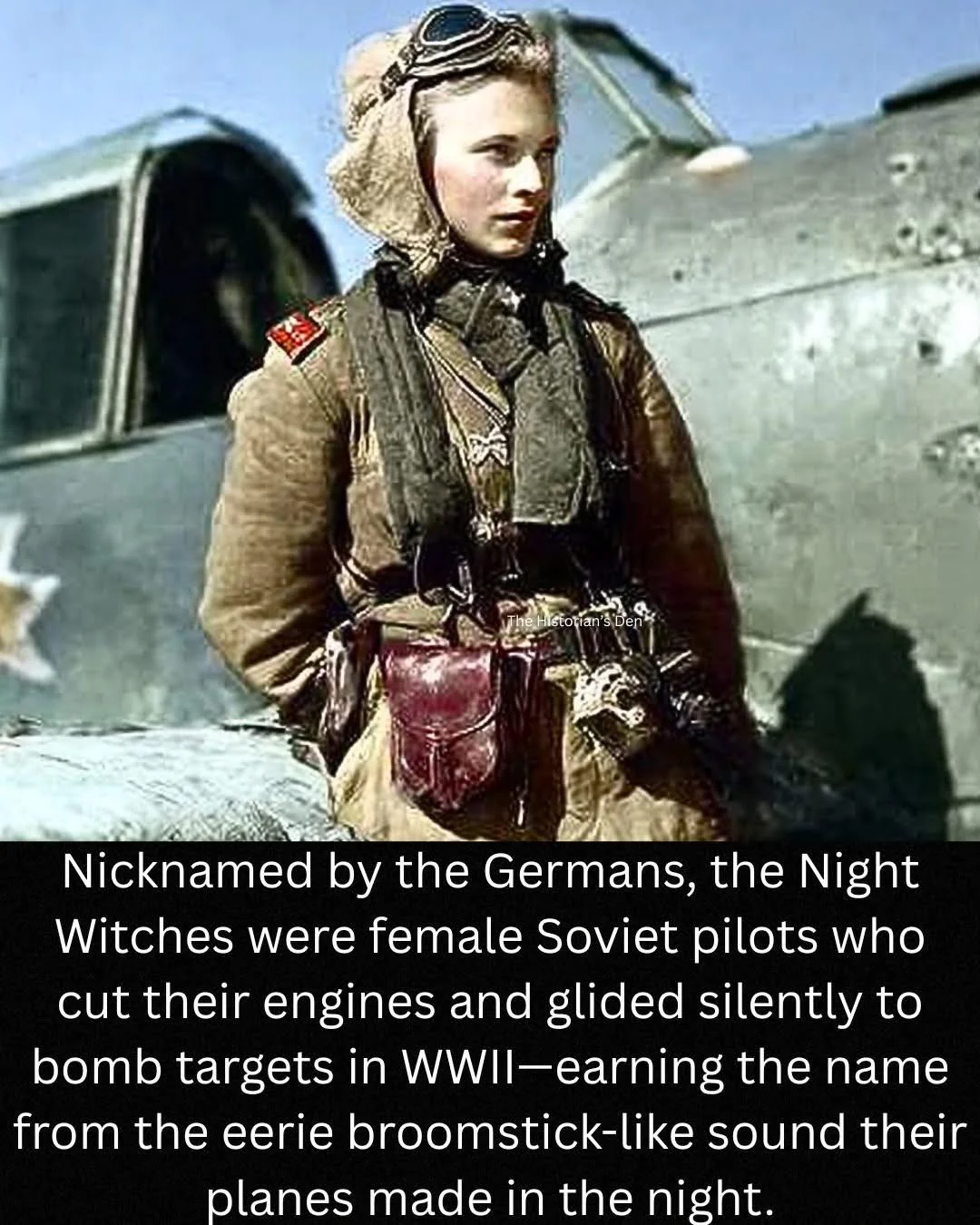
The women trained rigorously, mastering navigation by compass and stopwatch under Raskova’s command. By late 1942, they were deployed to the Eastern Front, targeting German supply lines, camps, and railroads. Their signature tactic—cutting engines to glide silently over targets—produced a haunting “whoosh” sound, earning the nickname “Nachthexen” (Night Witches) from terrified German troops. This stealth allowed them to drop bombs with precision, often before the enemy could react. Flying at night in freezing conditions (-30°F in winter), with no parachutes and only basic rifles for defense, their courage was unmatched.
Tactical Brilliance: Turning Weakness into Power
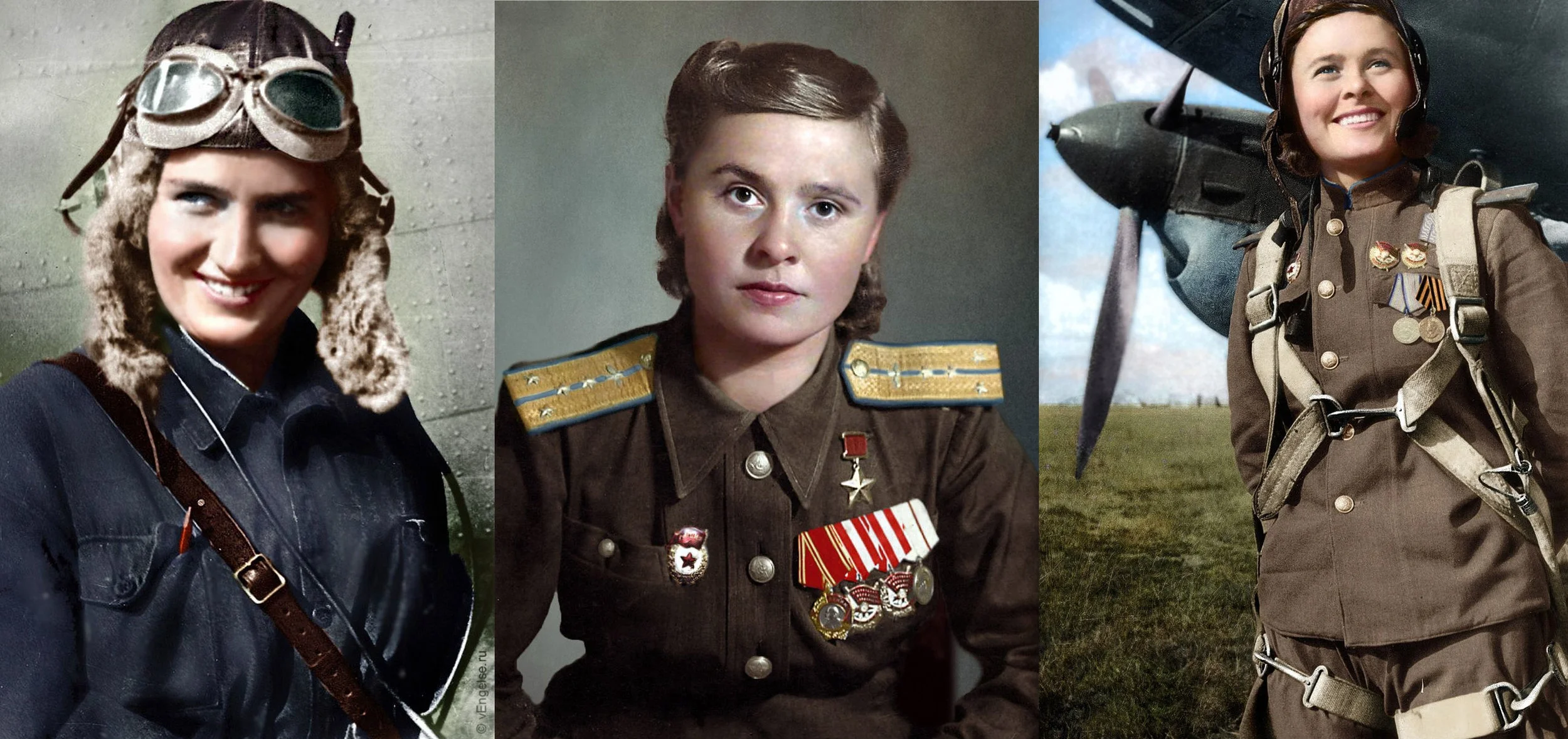
The Night Witches flew up to 18 missions per night, a grueling pace that saw each pilot log over 800 missions by war’s end, per Soviet military records. Their Po-2s, carrying up to 400 pounds of bombs, delivered a staggering 23,000 tons of ordnance across 30,000+ sorties. The planes’ lightweight construction—wood frames with canvas skin—made them hard to detect by radar, a critical edge against German anti-aircraft guns. By gliding at low altitudes (as low as 200 feet), they evaded faster fighters, which struggled to slow down enough to engage without stalling. X post from @AviationHistory notes: “Night Witches used junk planes to outsmart Nazis. Genius.”
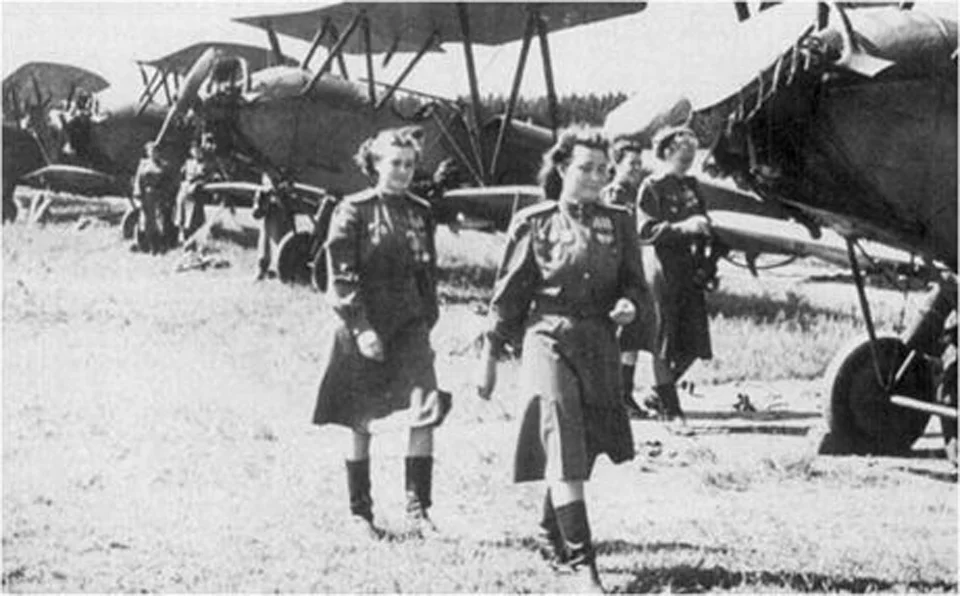
Their missions disrupted German operations profoundly. A single raid could destroy supply depots or halt troop movements, with one 1943 strike near Stalingrad cutting off a key rail line for 48 hours, per Soviet archives. The women faced brutal conditions—frostbite was common, and enemy fire often shredded their canvas wings. Losses were heavy: 32 of the regiment’s 400 women died, including Raskova in a 1943 crash. Yet, their 1.8% mortality rate per mission was lower than male Soviet bomber units (2.3%), reflecting their skill, per historical data. Their persistence turned the Po-2’s fragility into a psychological weapon, with Germans dubbing them “ghosts” for their elusive strikes.
Feared and Honored: The Night Witches’ Impact
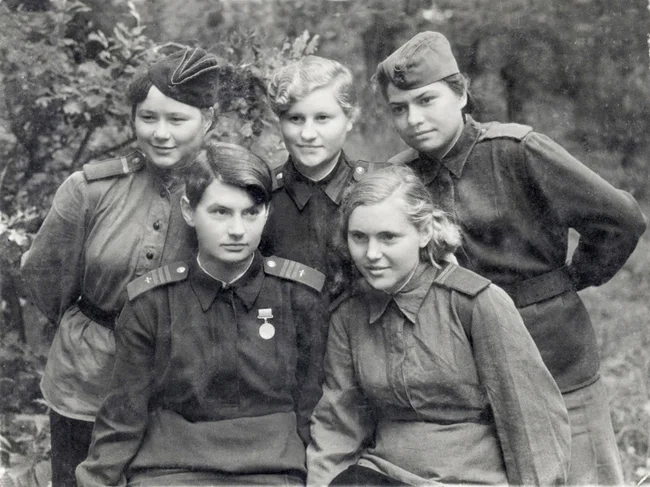
The Night Witches’ reputation struck terror into German ranks. Nazi commanders offered the Iron Cross—a prestigious medal—to any soldier who downed a Po-2, a testament to their threat. A 1944 German report, cited in Night Witches by Bruce Myles, estimated their raids reduced frontline efficiency by 15% due to disrupted sleep and logistics. Meanwhile, in the Soviet Union, they were celebrated as symbols of resistance. Of the 261 women who flew combat missions, 23 earned the Hero of the Soviet Union, the nation’s highest honor, including pilots like Nadezhda Popova (852 missions) and Irina Sebrova (1,008 missions). No other all-female unit matched this, per Soviet records.
Their success defied gender norms. At a time when women were barred from most combat roles globally, the Night Witches proved women could excel in high-stakes warfare. Their diverse backgrounds—students, teachers, farm girls—united by patriotism, inspired Soviet propaganda, with posters proclaiming them “Daughters of the Motherland.” On X, @WomenInWar praises: “Night Witches didn’t just fight Nazis—they smashed stereotypes.” Their legacy extended post-war, with survivors like Popova lecturing on their exploits, influencing modern female aviators.
Challenges and Resilience: Life in the Skies
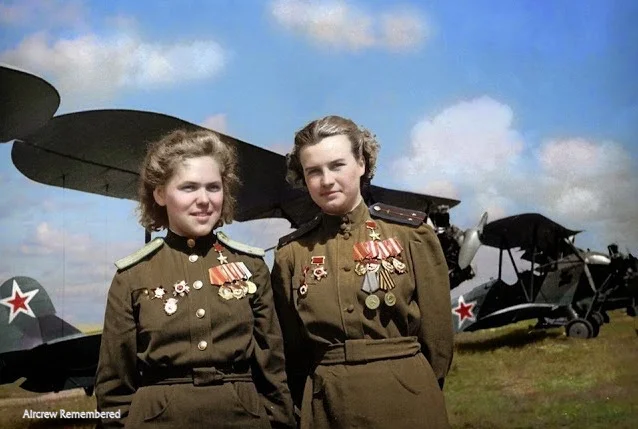
Beyond enemy fire, the Night Witches faced logistical nightmares. Their planes, built for training, not combat, lacked insulation, forcing pilots to wear multiple layers against frostbite. Navigation relied on rudimentary tools—maps often blew away in open cockpits. Fuel shortages meant some missions ended with emergency landings in fields. The women also endured sexism from male comrades, who initially mocked their assignment, though their success silenced critics. A 1943 Soviet officer’s report noted: “The 588th’s precision surpassed our expectations.”
Physically, the toll was immense. Pilots averaged 4-5 hours of sleep nightly, with missions lasting 30-50 minutes each. Malnutrition weakened many, yet their camaraderie—sharing scarce food or patching planes together—kept morale high. Their 98% mission completion rate, per Soviet air force data, reflects this unity. The psychological strain of constant danger was offset by their defiance, with Popova famously saying, “We flew to prove we could.”
A Legacy That Soars
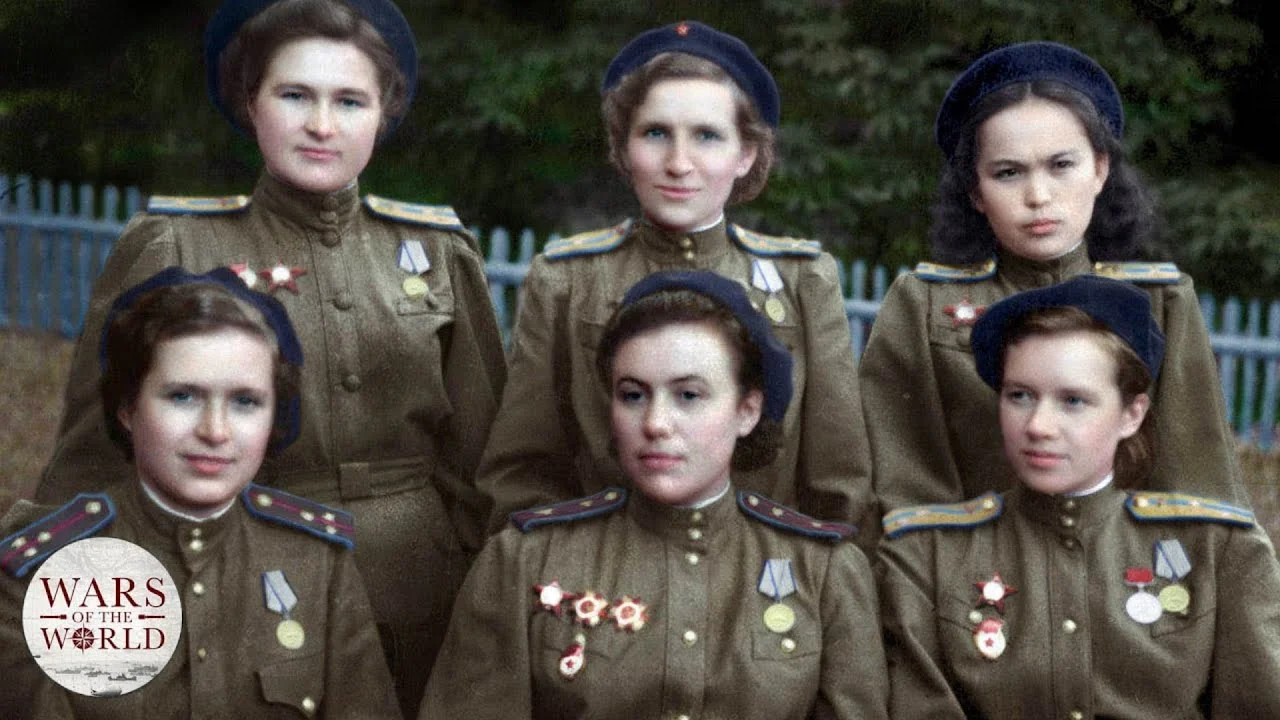
The Night Witches’ story is one of audacity and triumph. Transforming outdated biplanes into instruments of terror, they disrupted the Nazi war machine and redefined women’s roles in combat. Their 23,000 tons of bombs and 23 Hero awards cement their place in history, yet their human cost—32 lives lost—grounds their legend in sacrifice. Shared on X by users like @WarHeroes, their tale inspires awe: “Night Witches flew through hell and came out legends.” As we honor them, what’s the takeaway? How do their courage and ingenuity speak to today’s challenges?
